A Case Study: Lean County, USA
Home » Case Study » A Case Study: Lean County, USA

Lean County, USA is where everything runs just fine. Actually, things are more than just fine; they are fast, friendly, and efficient. In Lean County, you can order your birth certificate online and get it delivered to you the next day. And if you’re in need of food stamps, you can rest assured that you will have everything you’re entitled to without waiting in line or creating a mound of paperwork.
Background
In Lean County, you could even purchase a home and go through the shortest escrow you ever heard of. And if you want to remodel that home, well you can get a permit when you need it so that you don’t ever have to worry about delaying your plans. Crime in Lean County is pretty low, but if someone does something wrong, the public can feel safe knowing that convicts are paying their debt to society.
Although this is just an example of utopian government, this should be the ideal that public servants strive for. Perfection is rarely expected, but trying for it always should be.
Perceptions of County Government
The prevailing opinion of government these days is that it is too slow and wasteful to be effective. And the larger the government, the worse the opinions seem to be. Federal agencies are regularly in the news for excessive spending and ineffective public service; however, smaller County government is most often criticized when people interact with it personally.
Local government entities, such as Los Angeles County, provide the public with critical services that affect everything from property taxes to food stamps, from voting in an election to locking away dangerous criminals. When a person has a bad experience with local government, it usually means that it may have a negative impact on their life in some way, which means that excellent service should be of utmost importance. Unfortunately, there are many bad experiences out there and, subsequently, many poor opinions of public agencies. Given that local government has such a great impact on lives, there are a few questions that need to be asked:
- Why is it important to know what the public perception of County government is?
- What can the County do to improve it?
- How will changed perceptions change everything?
1. Why is it important to know what the public perception of County government is?
In general, the public (i.e. residents, constituents, PEOPLE) are customers of the County. Ask any successful CEO if public image is important to the company and the response should be absolutely, yes. Of course, private companies care about their image with customers because they are interested in gaining revenue and profit, but public agencies should care as well however for different reasons.
Public agencies, especially local government, should care about customer opinions because they are usually customers themselves (and usually so are their families). Employees at a private company, such as Apple, probably strive to create the best products and services because they own Apple products and see themselves as the end user. In the public sector, many County employees are their own customers too, so why wouldn’t they want to create the best experience for themselves and the people they know?
Public agencies should care because it’s also the first step in improving services. If a department never knows what is important to its customers and how it is performing in that area, it will probably spend much effort trying to improve something that was never important to customers anyway. And that thing that was important to customers may never get the attention it needs. In order to make meaningful improvements, it is important to know what matters to the people you are improving for.
Public agencies should care about their image simply because there should be pride in public service. County government has a heavy responsibility to provide services that are essential to making the world go round. Bureaucracy and hierarchy may trivialize the importance of some jobs and services, but a valuable reminder for government is that what they do is important to many people.
2. What can the County do to improve it?
Improving public perception of an organization is never easy because it relies on changing the attitudes of many different people. Of course, it is challenging to make all the people happy, all the time, so that should not be the goal of County government – not right away. These are a few things that County government can do right now to improve the public image:
Public servants need to listen to customers when they complain. If surveys and complaint cards are ignored, then they serve no purpose other than to give the mere appearance that a department cares. After a while, that appearance wears down once people realize that nothing is being done to address their complaints.
Make positive change happen by creating a place for it that won’t be bogged down by red tape. When barriers to change are removed, process improvement is able to flow faster and everyone, especially the customer, reaps the benefits. This can lead to a culture of continuous improvement where processes are constantly evaluated and incremental improvements are made when needed. When this type of culture is embedded in the County, the public will see local government in a whole new light.
Be the customer in line waiting for County services. As stated earlier, many County employees are customers themselves, but they may not use the services very often. Many services offered by government are needed only occasionally or periodically; for instance, copies of birth certificates or property tax assessments. It would be beneficial for the County to test their services on a regular basis and compare the performance to the public’s expectations.
3. How will changed perceptions change everything else?
In times of financial crises, many people begin to support broad budget cuts to what they believe to be wastes of tax payer money. Typically, the services considered to be wasteful of tax money are those that benefit the well-being of those most in need (e.g. senior citizens, low income families).
If the County government can run more efficiently and be held accountable to the public, there should not be such strong support for these types of dramatic cuts. Drastic budget cuts only cause further economic damage and create more ineffective services.
If the County government can run more efficiently and be held accountable to the public, there should not be such strong support for these types of dramatic cuts. Drastic budget cuts only cause further economic damage and create more ineffective services.
Once the public stops seeing County government as slow and inefficient, public trust will be put back into the system. This can only happen once the County proves that it can be effective and efficient when carrying out its services. In the end, improved services should achieve the County goal of enriching the lives of Los Angeles County residents.
The Registrar-Recorder/County Clerk
The Registrar of Voters and County Recorder were merged in 1968 by the Board of Supervisors and further merged with the County Clerk in 1991. Although these disparate functions came together only 21 years ago, the individual processes have been running since the 1800’s.
The Registrar-Recorder/County Clerk (RR/CC) is responsible for one of the largest document repositories in the country. In addition, the RR/CC must maintain voter files and conduct elections for Los Angeles County, which currently has over 4.1 million registered voters and up to nearly 5,000 polling locations. The services performed by the department are critical to the local business owners who register their business names and the homeowners who record property documents. It is also important to every person who was ever born, married, or died in Los Angeles County that RR/CC maintains accurate and accessible copies of these certificates for the public.
Processes Greater Than RR/CC
Something that is often misjudged when studying processes critical to customers is the scope of the process, meaning the beginning and end of a process. Finding out where these two points are can be difficult and are sometimes overtly avoided because people do not want to take on more than they can handle.
Within a department, such as the RR/CC, there are internal processes that have their own cycle time and value streams; however, entire departments are often just a piece of an even greater puzzle that people go through to accomplish critical tasks.
For instance, when refinancing a home, a resident must deal not only with their mortgage company, but also with the Tax Assessor’s Office and the RR/CC (two distinct county departments). For someone who needs to secure a lower rate on their mortgage to make lower monthly payments, it is imperative that these three entities work for the customer. And lower rates may only be guaranteed for a short time, so time may be critical. If all of these entities believe they are performing just fine with a turnaround time of 7-14 business days that may mean a 21-42 day process for the resident. If anything in this process were to go wrong, it could cause an even greater delay that may have a huge impact on the daily life of residents.
Although it is not always necessary (and normally impossible) to bring outside entities into scope when thinking about improving departmental processes it can be beneficial for the customer to consider those external forces. No department is an island; therefore, it must consider its relationship to the entire process. In order to truly improve government services, at any level, it is crucial to work collaboratively with many agencies because that is what the customer goes through. And in order to work with multiple agencies, it is vital to create a core team of business process improvement experts in all aspects of government.
Lean Six Sigma Works for the RR/CC
The RR/CC began using Lean Six Sigma (LSS) as a process improvement method in May 2011. Its foundation was laid out nearly one year prior when a new unit was formed, Quality Assurance. This unit was to be the agent of change that would improve departmental processes and create a culture of continuous improvement – and it did.
Lean Six Sigma was selected as the method of choice because of its success in the elections field of King County, Washington. By June 2011, all six members of the Quality Assurance team were trained as Green Belts in Lean Six Sigma, and by October of that same year all members were trained Black Belts. Three of these Black Belts were later selected to undergo Master Black Belt training so that the department could sustain Lean Six Sigma mentorship internally.
A Different Way of Thinking
The Lean Six Sigma methodology works for the RR/CC despite the different approach to problem solving that many public agencies do not practice. Lean Six Sigma promotes problem solving through a facilitation of exercises with subject matter experts, which is the opposite of standard practice.
It used to be that when something needed to be improved, managers would get together and talk about the problems and possible solutions in a closed door meeting. Sometimes they would invite a subject matter or two to chime in, but they were never considered the authority of their operation. When using Lean Six Sigma the RR/CC relies primarily on subject matter experts to formulate solutions, and most importantly, without the presence of upper management that may impede creative thinking. It’s understandable that lower level employees may feel inadequate or uncomfortable when speaking in front of their executives; therefore, Lean Six Sigma creates a different venue to allow people to think freely. Of course, managers are informed once solutions are proposed, and are involved if any solutions require additional resources or authorities. But most often, solutions do not require much money, advanced technology, or additional staff.
It also promotes the idea of continuous improvement and project oversight that is not always found in process improvement discussions. Those trained in Lean Six Sigma know that a critical part of improving something is maintaining control over the improvement. Although the LSS team (Quality Assurance unit) facilitates the improvements at RR/CC, the process owners become the subject matter experts themselves. This also leads the way into knowledge transfer where the subject matter experts become so familiar with LSS from the projects that they begin using the principles to make improvements elsewhere and continuously improve.
The Current State of Lean Six Sigma at RR/CC - The Successes
Improvement projects were done concurrently with the training and the RR/CC began to see results immediately. In the first project, the turnaround time for requesting copies of birth certificates by mail dropped dramatically from nearly three weeks to one day.
Improvement projects were done concurrently with the training and the RR/CC began to see results immediately. In the first project, the turnaround time for requesting copies of birth certificates by mail dropped dramatically from nearly three weeks to one day. Another project saved several hours per day for cashiers and their supervisors when changing shifts for lunch breaks. One project in the Vote By Mail area focused on reducing unnecessary handoffs and simplifying the process, which improved the cycle time for certain sub-processes. And a project that studied provisional ballot processing found that fewer temporary employees were needed; which allowed those employees to be placed in other areas that required more staff.
The success of the Lean Six Sigma program at RR/CC may come to mean a great deal to Los Angeles County as a whole. The RR/CC was the first department to take the initiative of creating a process improvement unit trained in Lean Six Sigma. In many ways, the department is the model for other County departments that want to create positive and sustainable change by continuously examining their processes and focusing on improving services in a systematic way.
Successful results from the Lean Six Sigma projects came in part from the training, but are more so attributed to the guidance provided by a Master Black Belt (MBB) consultant. The results would not have been so drastic without the experienced facilitator to lead the way and instill confidence in the team. Although the Lean Six Sigma team was trained in Green Belt, the MBB helped the team choose the right tools for the projects and gave them hands on experience in facilitating their own improvement workshops. This deeply involved mentoring is what allowed the team to eventually sustain the program once the training wheels came off.
Another factor that was as important as any other was the support from the top level management. The Department Head (similar to President of a company) was the one who initiated the program and set the stage for it to flourish when his team created the Quality Assurance Unit, which would become the home for Six Sigma. With his strong support, his team sought the funding to purchase training and consulting hours. Without support from the top, not only would the program be more difficult to implement, it may not have ever seen the light of day.
The Challenges
Every fairytale has its share of dragons and hurdles to overcome, and the tale of how the RR/CC became empowered with the dagger of Lean Six Sigma is no exception.
Getting (Some) Managers on Board
Sure, the Lean Six Sigma team had support from the very top managers in the department, but some other managers had trouble accepting the new direction they were told to go in. Most of these managers held their reservations close to the chest and were kind enough to go along with the process. They would eventually become advocates of the process once the results spoke for themselves. Others, however, made their resistance obvious from the beginning.
One manager wanted to participate in a Gemba walk, which is basically an in-depth walk through of a process from beginning to end. This exercise is normally done with the people actually doing work, or Subject Matter Experts (SMEs). Managers are not usually involved in this walk because of the natural inhibition that most employees may feel when their managers are asking them to describe how it is they do their work. The purpose of the Gemba is to gain profound knowledge of the real process, and that can be difficult when employees do not feel at liberty to speak honestly about the process. Despite the appeals of the experienced Master Black Belt, the manager insisted to be present at the Gemba walk.
The results of that walk were fruitful in some ways, but the overall tone and experience for those involved was unpleasant. It was obvious that many of the manager’s employees were intimidated to speak about their jobs comfortably. No matter how “down to Earth” the manager believes he/she is, employees will feel that anxiety if their presence is there. For some employees, it is difficult enough to speak to a group of people coming into their work space and asking a litany of questions. And for some, this may be the first time anyone has asked them to speak candidly about their job and process. Having a high level manager attend the Gemba does not help the process improvement; it only helps the manager feel more in control of it.
Losing Team Members
When you do well, you are rewarded for it. When you do too well, you are punished for it. That second statement may be an exaggeration, but it definitely describes what seemed to happen after nearly a year of successful process improvement.
The Lean Six Sigma team successfully implemented changes all over the department and received recognition at all levels of the County. It was inevitable that someone from the Lean Six Sigma team would be called upon to serve in another capacity. The leader of the Quality Assurance team was given the opportunity to manage a division within the Elections Services Bureau of the RR/CC. Promotional opportunity is a great motivator for people to work harder, but in this case it took away the leader of a growing unit.
Now, the challenge is finding a suitable replacement. The entire team is trained at the Black Belt level or higher, so anything less in a leader would not be fitting. This is, in part, an issue of trust. Trust is an invaluable quality to have in a team like this, so there needs to be trust that a new leader would foster the vision already had by the whole team. Also, the new leader will need to already have knowledge of implementing Lean Six Sigma because the program is already moving full speed. There will be no time for catching up and the team will need to trust its leader that it can accomplish all of its goals. For these reasons, it is a challenge to find a suitable replacement without looking to the team members themselves. Probably, the best candidate will come from the team.
Too Many Hats
Although the Quality Assurance team was initially created so that process improvement could have a home at the RR/CC, naturally there are other tasks and responsibilities that have been piled on over time. The unit is now called, Quality Assurance and Records Management, which means that the team has added a couple of more people to help with the additional tasks. The team is also responsible for responding to Public Records Act requests, but no additional people were needed to handle this task. In all, there are three very different functions of the group and it can be challenging to devote proper attention to improvement projects because of the other duties.
Election Schedules
The department conducts elections throughout the year and when they occur it is all hands on deck. It can be challenging to improve election operations when the people are too busy doing the work to devote any time to improving it. The election schedule can also get in the way when trying to improve non-election areas because sometimes the election requires additional staffing from all areas of the department. Elections put a strain on the department; however, the challenge in it of itself is evidence that work needs to be done to improve the processes.
How It Is Being Embedded in the Culture
The culture of continuous improvement began with the Department Head who promoted the theme of the “Game Changer” at an annual address to employees. Wristbands bearing the theme name were given to every employee and worn throughout the year by most people. The idea that we were all “game changers” and that we were going to embrace a new way of thinking/doing business was talked about at every opportunity by the Department Head. It almost became a reason to take on challenging projects – we’re doing it because we’re game changers.
Those that played a role in assisting the Lean Six Sigma team in improving their operations were recognized frequently through different award programs. One process improvement team was even recognized for their efforts by the Los Angeles County Board of Supervisors.
Another way the Lean Six Sigma culture is being embedded in the department is in the collaboration and relationship between the Lean Six Sigma team and operational units. The Lean Six Sigma team has shown others that it listens to the needs of the department and is able to respond with action. The team has worked with various operations on ad hoc projects that have given operational staff ownership of the solutions and their processes in general. These positive experiences with the LSS team spread by word of mouth throughout the building and are paving the way for success in the future.
How the People Will Shape Its Future
Despite the challenges, the future of the Lean Six Sigma program at RR/CC will depend on the people who are key players right now. The Lean Six Sigma team has one fewer person dedicated to process improvement, so the rest of the team will need to: 1) continue to work toward the same high standards; and 2) stay in the Lean Six Sigma unit. The goals of the program are too lofty to be placed on a shrinking team. It will be crucial for the Black Belts and Master Black Belts to keep with the team and continue to drive it down the road of success.
Executive management has an opportunity to take an already successful program and take it beyond its boundaries. The team can train other employees and even employees of other departments throughout the County. It could lend its services to other departments who struggle with projects of their own or help others build a similar program.
In order for the future to remain bright for the Lean Six Sigma program, there needs to be structure within the program to withstand attrition and the variety of duties and goals of the team.
Opportunities to Enhance the Program - A Training Academy
The Lean Six Sigma program would improve its sustainability and overall success by developing a training program. A preliminary training schedule has already been developed and will be implemented later this year. However, expectations of trainees will need to be looked at more closely and must be accounted for in some way. Ventura County has a longstanding training academy that could serve as a model for the RR/CC when administering the training.
The training should outline the requirements and expectations of trainees, which should be the completion of projects and delivery of results. As done in Ventura County, there should be a council that meets with the certified practitioners to ensure that they continue to produce a minimum amount of projects per year. Those that do not deliver projects would have their certifications revoked.
Search for High Impact/Low Effort Projects
A high impact project/low effort project is one that can basically get you the best bang for your buck. The Lean Six Sigma team has already done a few of these and the results are not just in the process, but they are in the relationships between the team and the operations. These relatively quick projects help to promote the program without investing too much time in them. This is an effective way of getting out to those areas that want the help of Lean Six Sigma. Once the Lean Six Sigma team gets a taste of what is happening in an area, a more thorough and investigative effort can take place.
Be Reward Driven
There should be no doubt that rewards are good drivers of hard work and success, therefore rewards should be created to grow the Lean Six Sigma program. There could be rewards for Lean Six Sigma team members, operational staff, and new Lean Six Sigma trainees. Rewards are often in the form of recognition, but the usual forum of recognition in the department has become inundated that it may not hold much meaning.
With Lean Six Sigma team members, categories of awards can be created so that team members strive to achieve in all categories. These can be formulated to effectively grade the completed projects by awarding the project lead and support with a color coded ribbon that indicates the level of accomplishment. A black ribbon could be awarded to indicate the highest level of accomplishment while a green ribbon could represent a modest improvement in a process. There could even be yearly or periodic awards for “Most Improved Process”, “Greatest Cycle Time Reduction”, or “Most Profitable Project”. These would be tangible and meaningful awards that could motivate people to push further.
In order to motivate operational employees when participating in process improvement, awards similar to the ones above could be given and kept in their personnel file. By doing this, employees would be able to reference their accomplishments when trying to attain a promotion. Perhaps the most successful teams could even receive the uniform of Lean Six Sigma team members. Currently, the LSS team dons a polo shirt with its own logo that indicates the level of training the member has accomplished. Specially made t-shirts could be created for these people to make them feel more part of the process improvement team. It could become known to everyone in the department that in order to receive the “jersey”, you must work hard at improving your process. It would be similar to having a letterman jacket in high school.
Once the training academy begins certifying employees in Lean Six Sigma there will be a need to encourage those new trainees to go out and make positive changes in their areas. Oversight will always be conducted by the Lean Six Sigma Master Black Belts, so the awards for them could be based on projects completed after their training. The training academy should require a number of projects to be done, but the reward aspect would ensure that they are of high quality by creating a competitive environment.
Assist Other Public Agencies
…if we are to be a Lean County and truly change the perception of government and public service, the processes of every County department will need to be improved in some way. The greatest achievement will come from improving all County services and improving the lives that depend on these services.
There exists an opportunity to make an even greater impact on the services of Los Angeles County. So far, the focus has been on improving the services offered by RR/CC, which can affect those who wish to vote, purchase property, start a business, and obtain records of identity. But if we are to be a Lean County and truly change the perception of government and public service, the processes of every County department will need to be improved in some way. The greatest achievement will come from improving all County services and improving the lives that depend on these services.
The RR/CC should lead the way and assist other County departments in implementing Lean Principles and the Six Sigma methodology. With the assistance of a certified Lean Six Sigma consultant, Tracy O’Rourke of Catalyst, the case for improved services is self-evident, which is why the County, as a whole, should embrace it. The RR/CC, having deep knowledge of Lean Six Sigma, bears a responsibility of spreading the way of continuous improvement to every corner of the County.













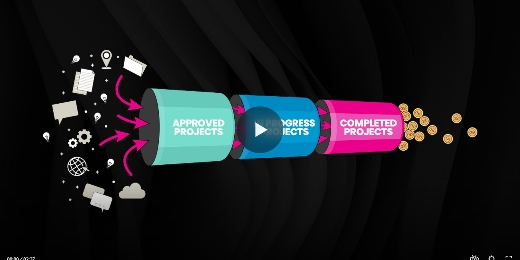

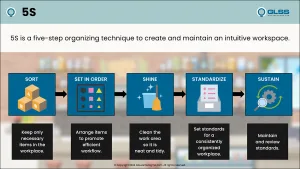
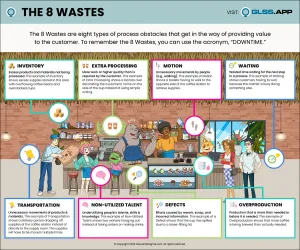
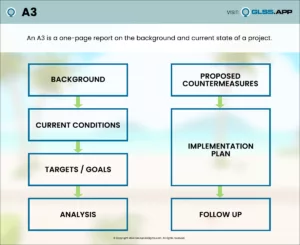

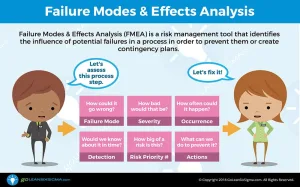
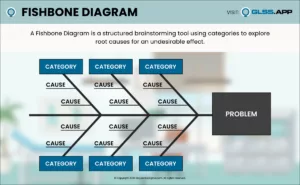


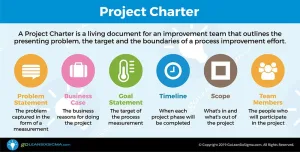

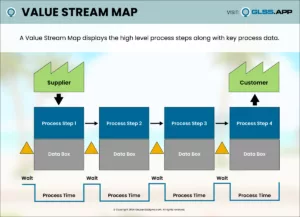


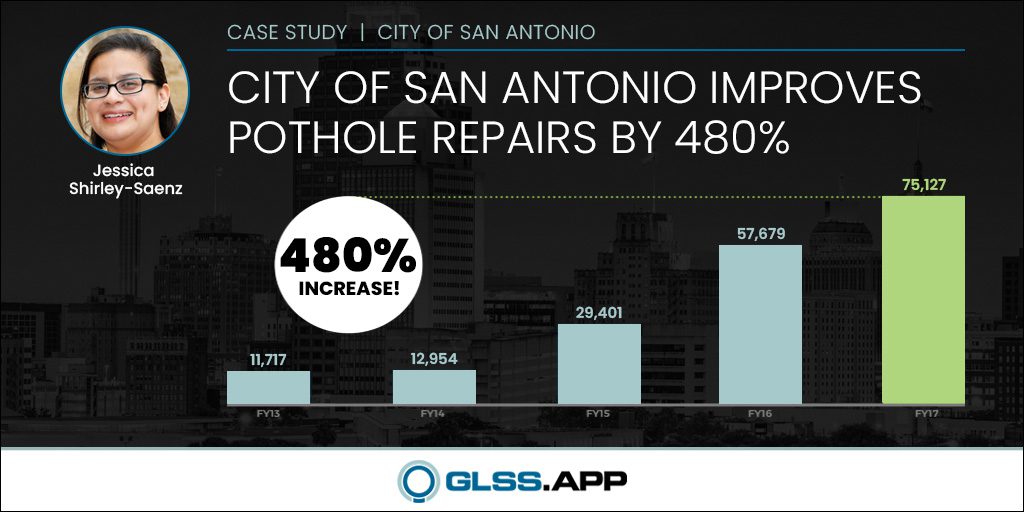

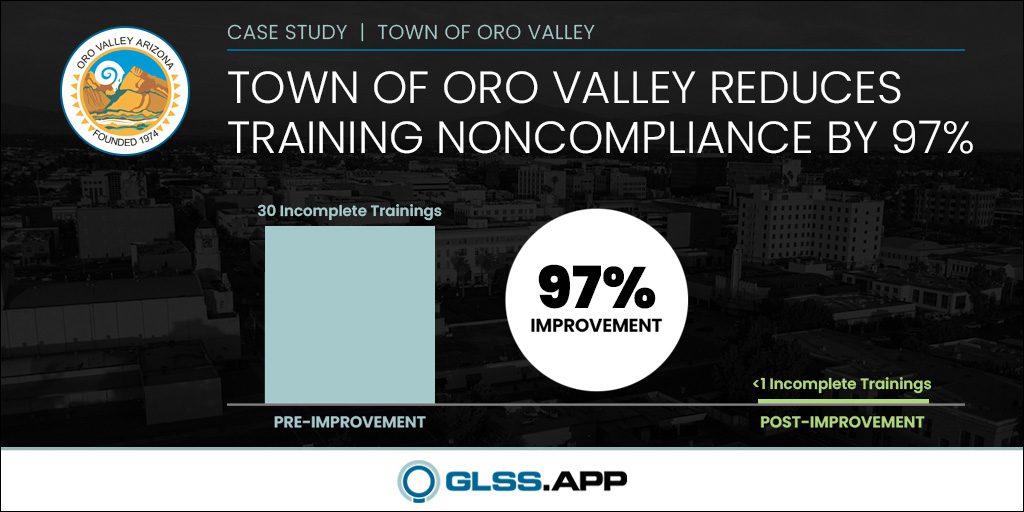

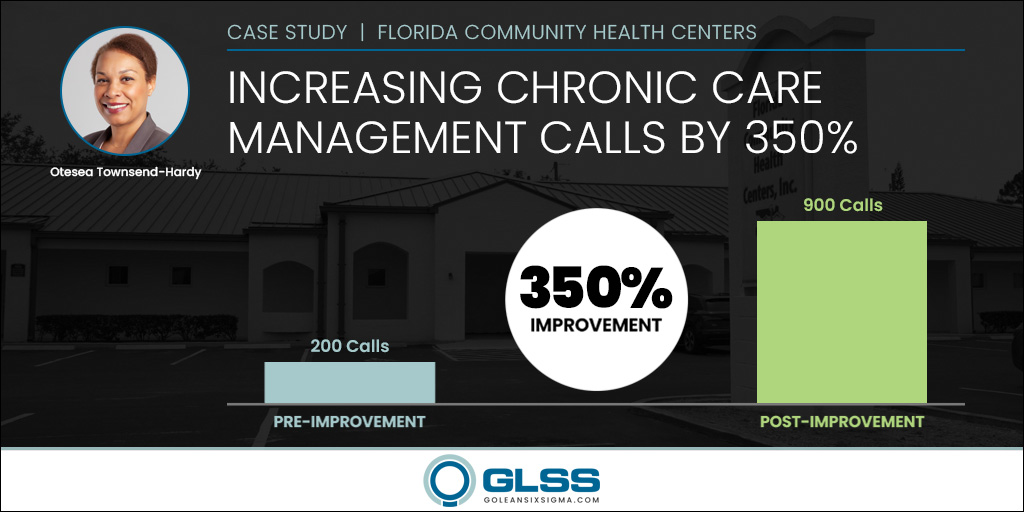
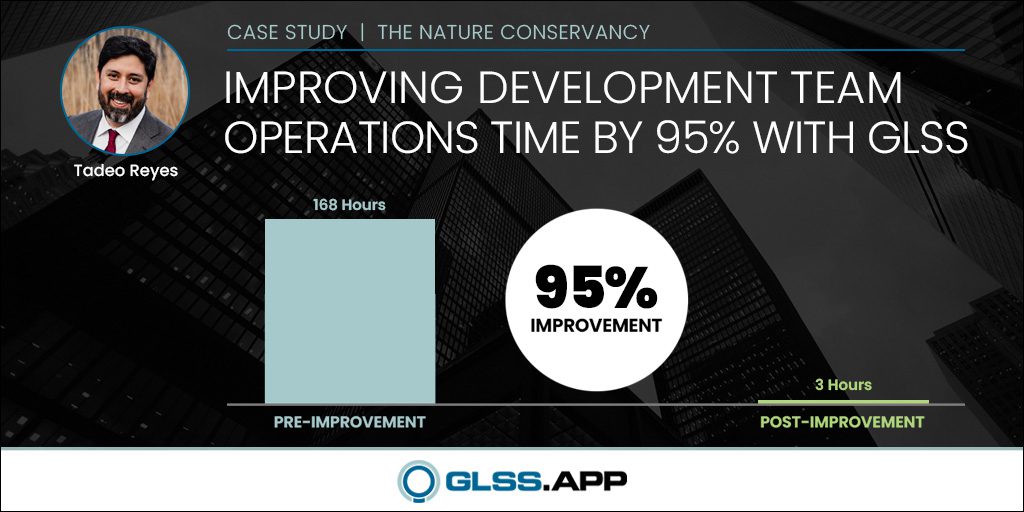


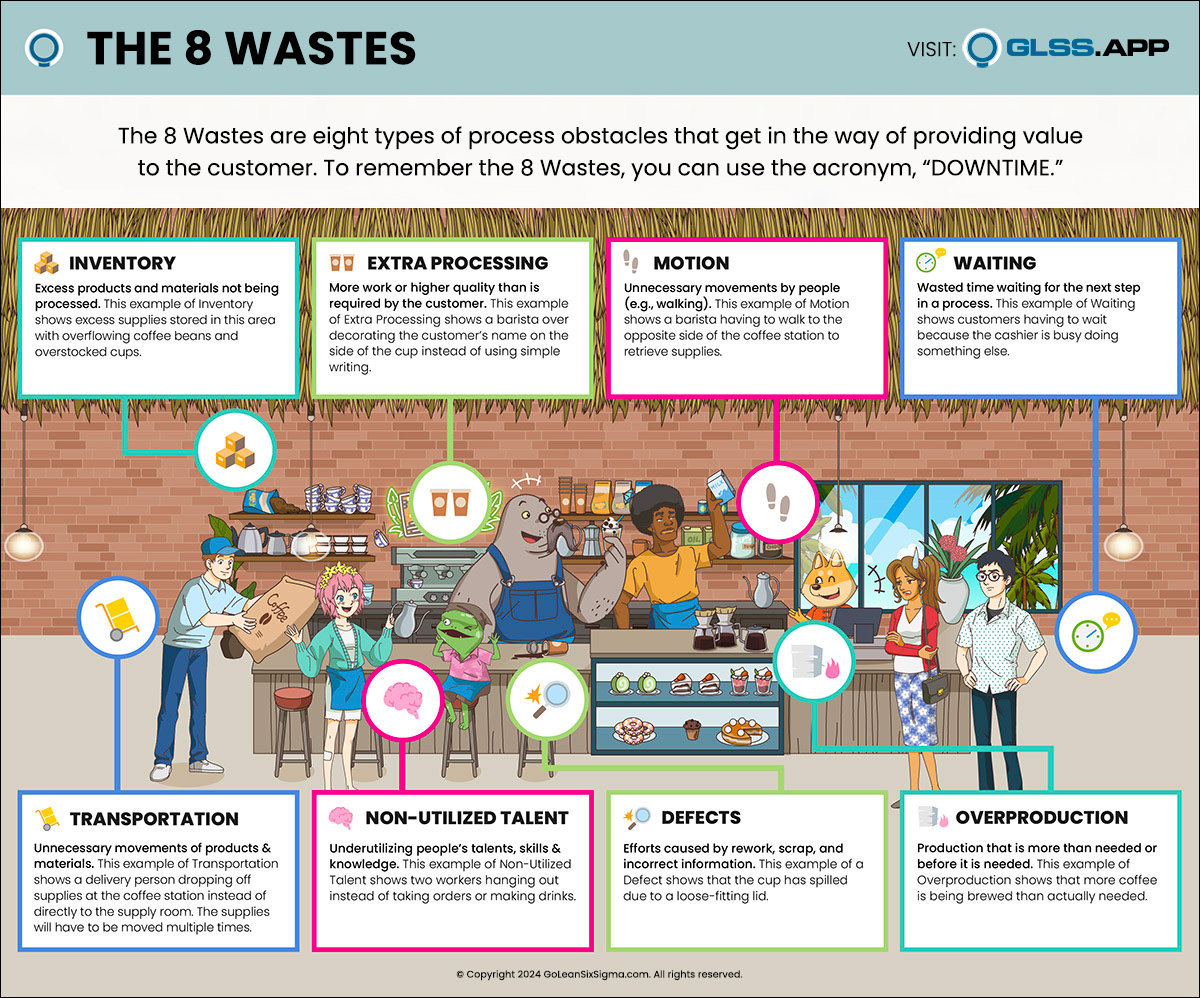


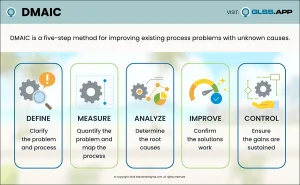
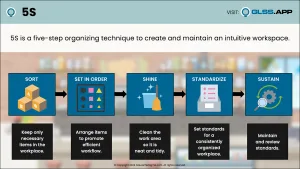













COMMENT(01)